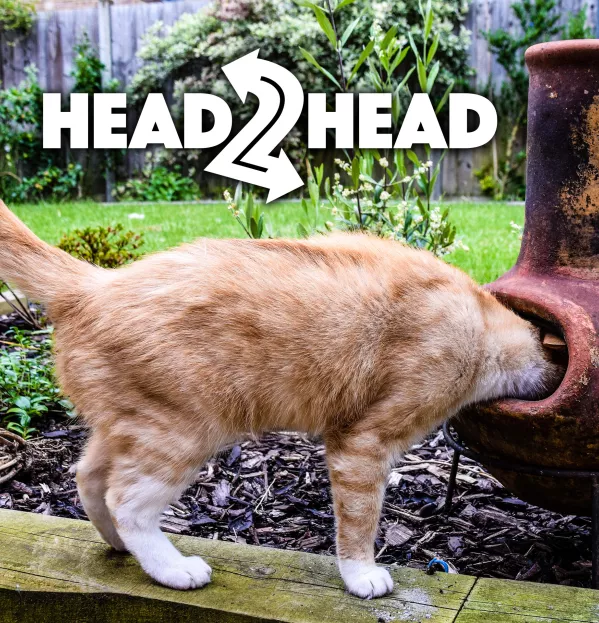- Home
- Teaching & Learning
- Secondary
- How to foster curiosity in the classroom
How to foster curiosity in the classroom

Fostering curiosity, we know, is important in education.
A study in 2011 led by Sophie von Stumm of the University of Edinburgh found that curiosity has a significant impact on academic achievement and, in 2009, Min Jeong Kang and others at the California Institute for Technology found that, when curious, students have higher motivation to attend to the information presented, they expend greater effort seeking and acquiring information, and therefore retain new information for longer.
And yet, last year, the Organisation for Economic Cooperation and Development reported that children below the age of 10 were more curious than their peers aged 15.
So how can secondary school teachers ensure that students stay curious and engaged in their subjects? Two teachers share their advice.
‘Look to the research’
Gavin Simpson, head of economics, says:
When it comes to encouraging curiosity in my classroom, I looked to the research for strategies.
Researchers from the University of California, for example, investigated what happens to our brains when our curiosity is aroused. They asked participants how keen they were to learn the answers to trivia questions - such as “what Beatles song lasted longest in the charts?” - and carried out random functional MRI scans at the same time.
They found that once curiosity was piqued, participants retained more information, even if it wasn’t related to the original question.
In the classroom, then, instead of having a retrieval learning quiz at the beginning of a lesson, I often put an unusual picture or controversial question on the board or play a song with a link to a topic.
I also lean on research from Judith Harackiewicz and her colleagues at the University of Wisconsin. She asked students at college to think about how maths would play a role in their lives. After doing this, students became more interested in the subject, much more so than when the teacher told them how valuable the topic was, which actually put off many students who did not consider themselves good at the subject.
As an early homework or class activity, I ask students to write down why they think the topic they are studying can help them later on in life. In this, it’s essential that students work out for themselves why learning is good and why it should be valued: Harackiewicz calls this “value intervention”.
Finally, a study conducted by Burgess, Riddell, Fancourt and Murayama, suggested that motivation can be contagious. When students observe another student being curious about a subject, they are likely to become curious as well.
In my seating plan, then, I put the most curious, motivated students next to those who struggle with motivation and curiosity. You have to facilitate collaboration, but using a “hook” at the beginning of the lesson and a “think, pair, share” activity often yields positive results.
- How to teach foreign languages in KS1
- How to get low-stakes testing right
- How to arrange flexible working as a classroom teacher
‘Tell brilliant, fascinating stories’
Wesley Smith, a history teacher, says:
Over the years, I’ve tried a myriad of things to make my students curious about history.
From using finger puppets to explore the emotional responses of Native Americans to the arrival of European settlers to a Snakes and Ladders board game to demonstrate the hardships endured by an escaped African slave during the eighteenth century.
But these activities didn’t work and, if anything, were a distraction - not to mention being potentially inappropriate for the subject matter.
When trying to generate interest and ensure that learning takes place in our classrooms, we need to utilise the parts of our subjects that are intrinsically interesting.
For example, analysing and evaluating source material on the subject before quietly reflecting on Native American responses would’ve been much more effective. And in my view more engaging, too. This stuff is interesting. You don’t need to contrive ways to amuse and engage that condescend and patronise. You just need to deliver the eminently fascinating material using resources and language that pupils understand.
When we use gimmicks like puppets or board games, we are encouraging pupils to think about elements of the activity - such as the design of the game - rather than the subject matter you want them to learn.
Instead, we need to carefully consider our resources and the language we use in the classroom. I often find myself rewriting information from a textbook in an effort to make it more accessible - make sure you carefully select your resources to avoid such time-consuming activities, though.
I also try to anticipate vocabulary that may be unfamiliar to my pupils and provide them with a list of definitions. This frees up space in their working memories and, as a result, facilitates learning.
Finally, and perhaps most importantly, I utilise my subject’s narrative character to design lessons that - due to the privileged cognitive status of stories - pupils will remember. That’s the wonderful thing about history. It’s by and large a collection of stories. We just need to tell them.
We don’t need gimmicky methods; we need to tell brilliant, fascinating stories with enthusiasm, humanity and clarity.
You need a Tes subscription to read this article
Subscribe now to read this article and get other subscriber-only content:
- Unlimited access to all Tes magazine content
- Exclusive subscriber-only stories
- Award-winning email newsletters
Already a subscriber? Log in
You need a subscription to read this article
Subscribe now to read this article and get other subscriber-only content, including:
- Unlimited access to all Tes magazine content
- Exclusive subscriber-only stories
- Award-winning email newsletters
topics in this article



